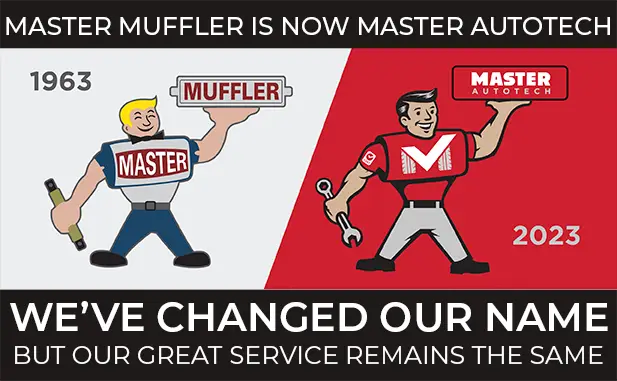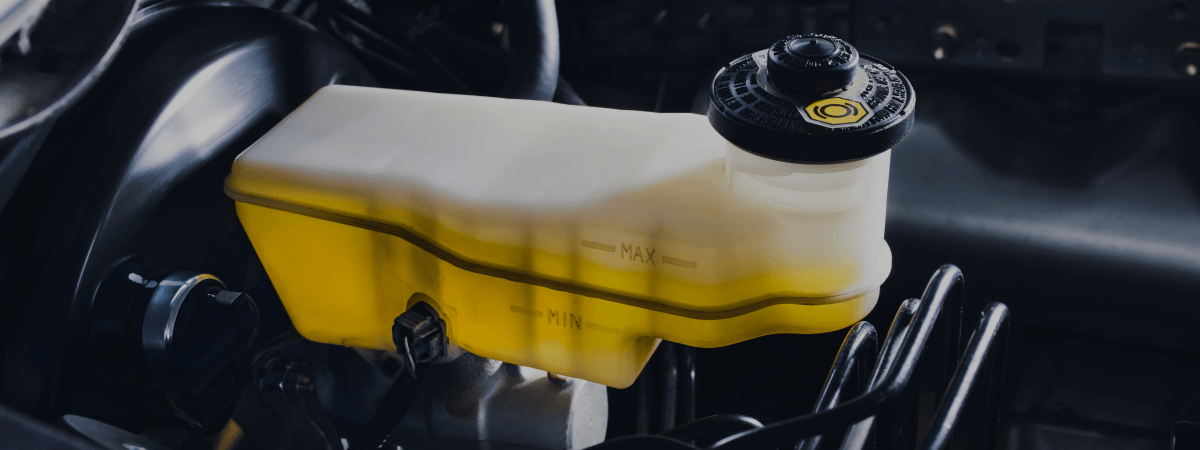Auto fluids seem to require an awful lot of flushing. It may seem that you get told you need to flush at least one of them every time you go in for maintenance. But the truth is that fluid flushes do not need to happen very often.
Reading your auto manual’s recommendations for fluid flushing can save you time and expense by making sure you do not do unnecessary flushing. Some fluid flushing can be very expensive as auto repair centers have to buy machines to perform flushes and they have to make their investment worthwhile.
A fluid change simply means that the fluid is drained and then replaced. But a flush actually uses suction to ensure that all the sludge, if any, gets sucked out with the drained fluid, leaving a cleaner fluid tank. But while some of these flushes are not that expensive, like $30 for a radiator coolant flush, others are quite costly, like $150 for the transmission fluid flush.
To save money and unnecessary hassle, write down the recommended intervals for flushing fluids, as detailed in your owner’s manual. Then, keep track of specifically when you get these things done. It would be helpful to keep this list with your manual in your car, so if an auto repair center suggests a flush, you can quickly check for the last flush date and the frequency recommended.
If you would like to do a flush on your own at home, you will not get near the efficiency of a machine flush, but you can remove quite a bit of the old fluid with this method. For any of the fluids with an accessible reservoir with a wide enough opening, you can use a turkey baster to siphon out dirty fluid. Take out as much as you can and then replace the dirty fluid with clean fluid.
Do this again in a few weeks, when the fluid shows dirty, and again every few weeks for a couple months or so. Once the fluid remains clean for a few weeks, it means you have flushed out most of the old fluid for only the cost of the turkey baster and the replacement fluid.
Related Posts
Key Takeaways On average, passenger vehicle tires last 40,000 to 60,000 miles, depending on type, driving habits, and maintenance. Replace tires when tread depth reaches 2/32”, if damaged, or older than 10 years. Regular rotation, alignment, and proper inflation extend tire life. Aggressive driving, poor roads, and harsh weather shorten tire lifespan. Take advantage [...]
When you think about car maintenance, you probably focus on oil changes, tire rotations, and maybe even brake pad replacement. But what about your brake fluid? If you’ve ever wondered, “What does brake fluid do?” or “Why is brake fluid important?”, you’re not alone. Brake fluid might not be the most talked-about part of [...]
Is that high-pitched squeal from your brakes driving you—and everyone else—crazy? Don’t ignore it. Squeaky brakes aren’t just annoying, they’re your car’s way of saying something needs attention. Whether you're cruising through Salt Lake City or winding up Idaho’s mountain passes, here’s what’s likely going on, how you can fix it, and when it [...]





